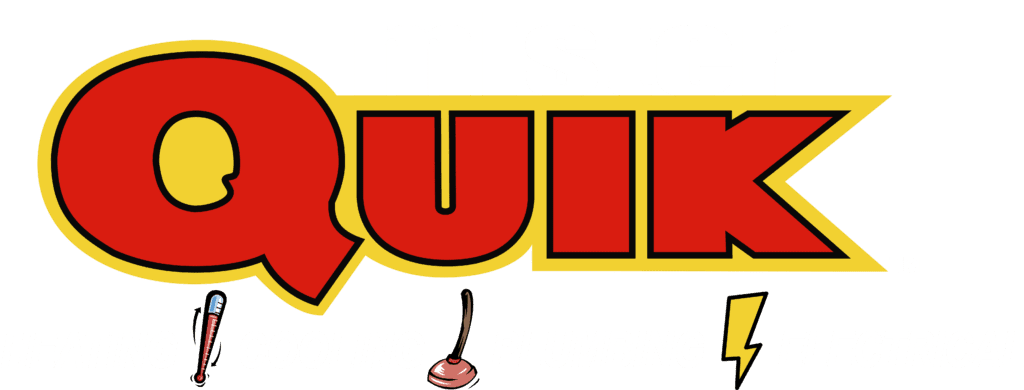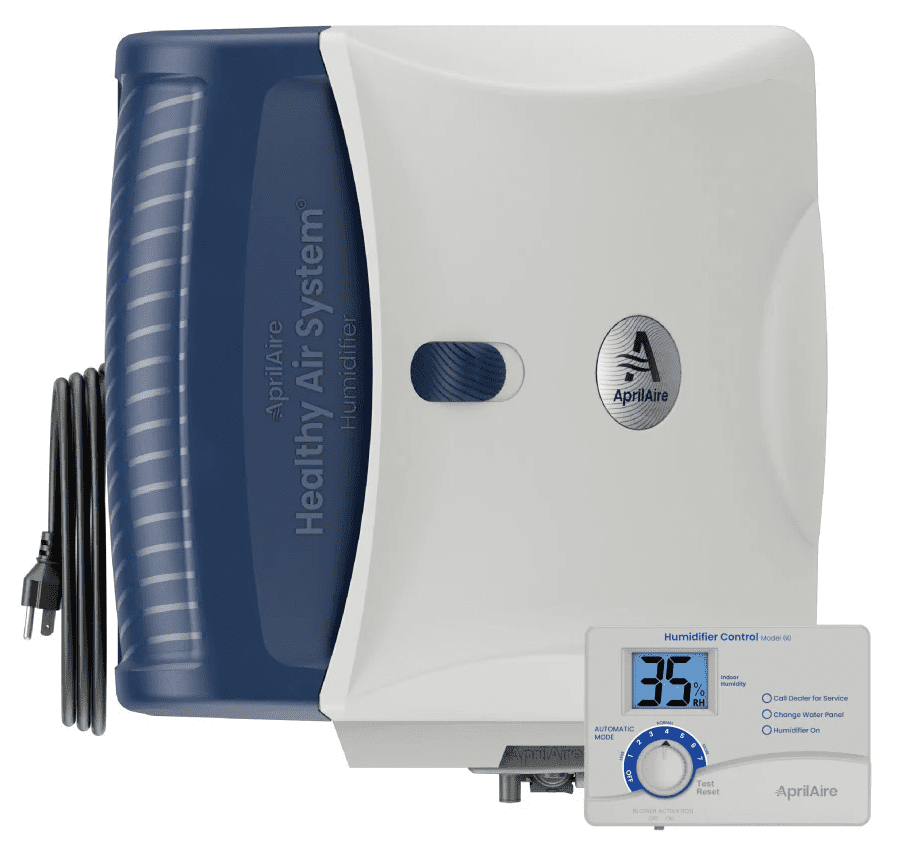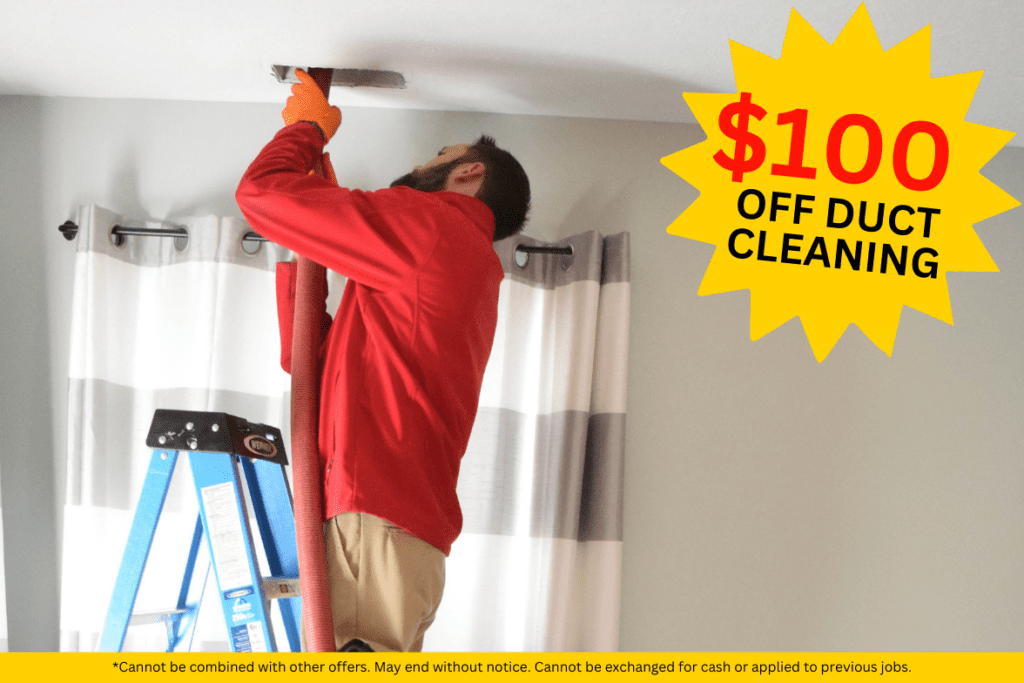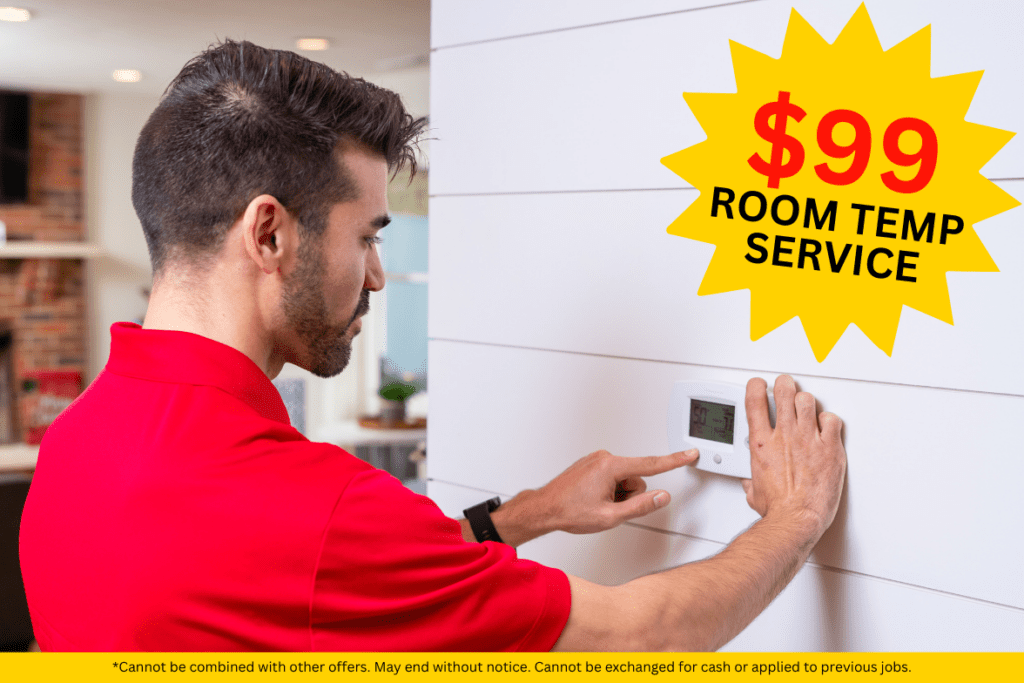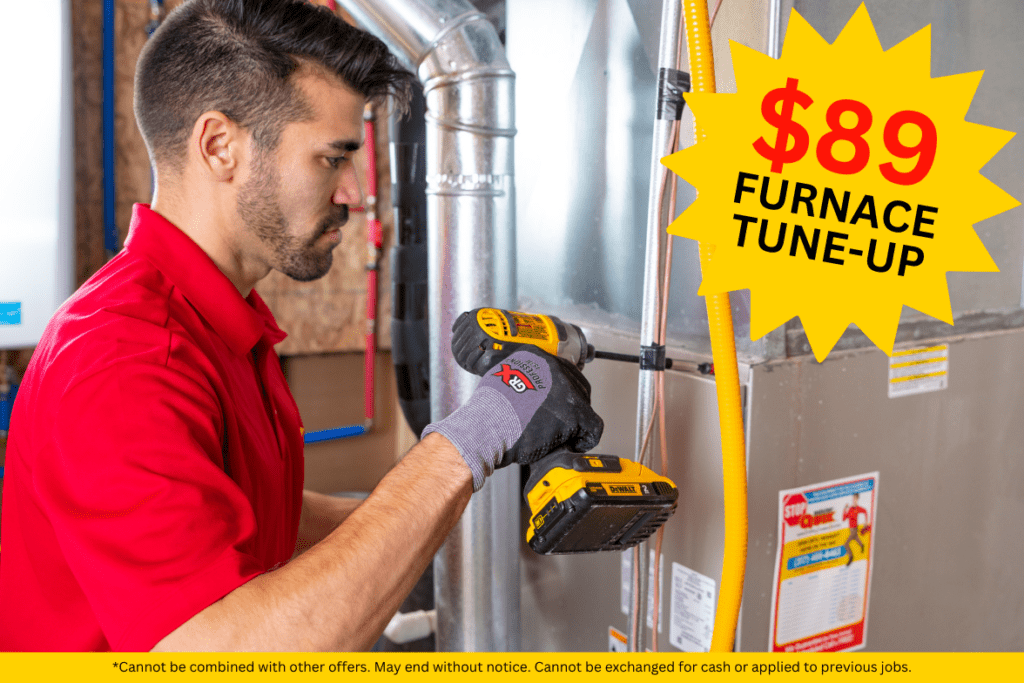Humidifier
Member Pricing From Just: $14.55/mo
Service Details
- Allergy Reduction
- Odor Elimination
- Airflow Improvement
- Enhanced Comfort
- Improve Breathing
You May Also Like
About Humidifiers
Improve your indoor air quality and comfort with our professional humidifier installation—now with $227 off! Dry air can lead to a range of issues like dry skin, irritated sinuses, and poor sleep. Our expert technicians will assess your home’s humidity levels and recommend the best humidifier solution for your needs. Whether you’re looking for an installation or routine maintenance, we ensure your humidifier is working efficiently, providing you with healthier, more comfortable air. We’ll perform a thorough inspection and explain all of our findings before beginning any work. You only pay after the job is completed to your satisfaction. Enjoy optimal air quality and a more comfortable living environment with our trusted humidifier service.
Service Details
- Allergy Reduction
- Odor Elimination
- Airflow Improvement
- Enhanced Comfort
- Improve Breathing
FAQ's
A humidifier adds moisture to dry air, reducing irritation to the skin, throat, and respiratory system, while also preventing dry air damage to wooden furniture and flooring.
The size of the humidifier you need depends on the square footage of your home. We can help assess the best unit for your space during a consultation.
Yes, using a humidifier can add moisture to the air, which can help prevent dry, flaky skin caused by low humidity, especially in winter months.
If you experience dry skin, static electricity, irritated sinuses, or difficulty sleeping during the winter months, a humidifier could be beneficial in maintaining healthier indoor air.
Yes, by maintaining proper humidity levels, a humidifier can help alleviate allergy symptoms caused by dry air, such as irritated sinuses and dry throat.
Absolutely! We offer both humidifier installation and ongoing maintenance to ensure your unit operates efficiently and provides you with optimal comfort and air quality.
Customer reviews
Reviews with images
Top Reviews


Melissa Bonnett
So the technicians Joe Milano, and his partner Josh, had came earlier and fix the toilet. But an hour after they left it started messing up again. So I called back, and they came right back out here and worked on it even longer, and it's working good now. They went the Extra Mile, and even went outside and check the sewer line. They also gave me instructions on the type of equipment to get to use to plunge a toilet even deeper, and I was thankful for that as well. They told me where to go get it and how much it will cost. They were so polite, and courteous, very professional, any questions I had they answered, even the dumb ones that I had, they didn't look at me like I was dumb, they just answered it and explained it till I understood. Im so thankful that they are the ones that came out to fix my toilet couldn't ask for a better pair of technicians / plumbers to come do the job for you. Just wonderful wonderful individuals.


Cynthia Cole
Always friendly and knowledgeable technicians. I have been a customer going on 2 years. Really appreciate the awesome customer service.


Heidi Wilson
What a great company! Fast, professional, courteous and a pleasure to work with. I’ve found my local business for plumbing electric and HVAC going forward. Was able to reach someone immediately when I called. From the time I called to the first visit was less than a day. It turned out I needed a new water softener and they were able to install it same day. Richard and Brice were both so capable, friendly and professional. A breath of fresh air! Locally-owned and operated is the way to go. You can tell the difference.
The above pricing is based off of a 9007IAQ – Aprilaire Bypass Humidifier, using Service Finance for an 180 month term, 6.99% Rate with autopay, on a .89% payment factor. This offer is based on membership pricing and cannot be used on past work, combined with other offers, exchanged for cash. Offer may end without notice.
